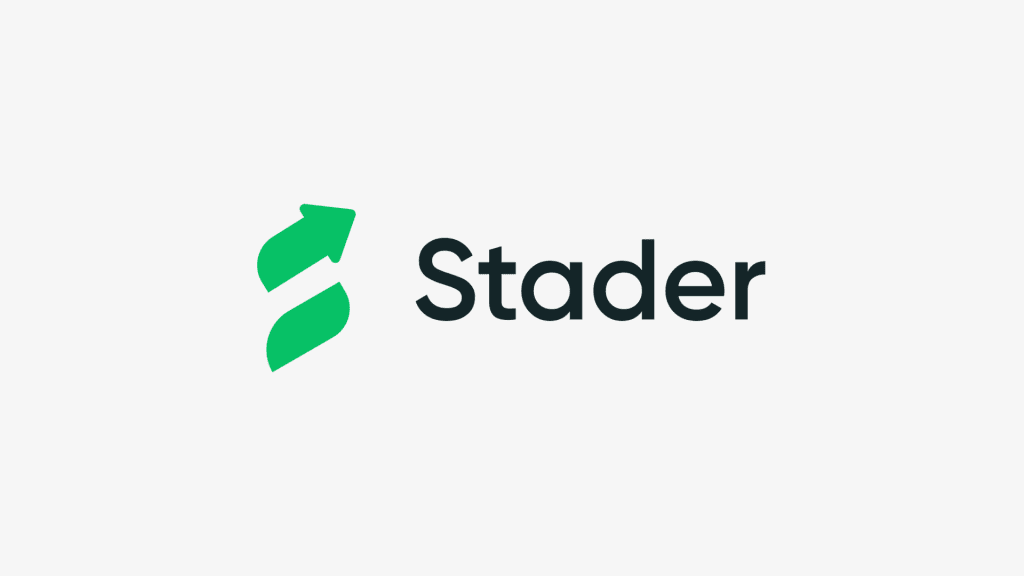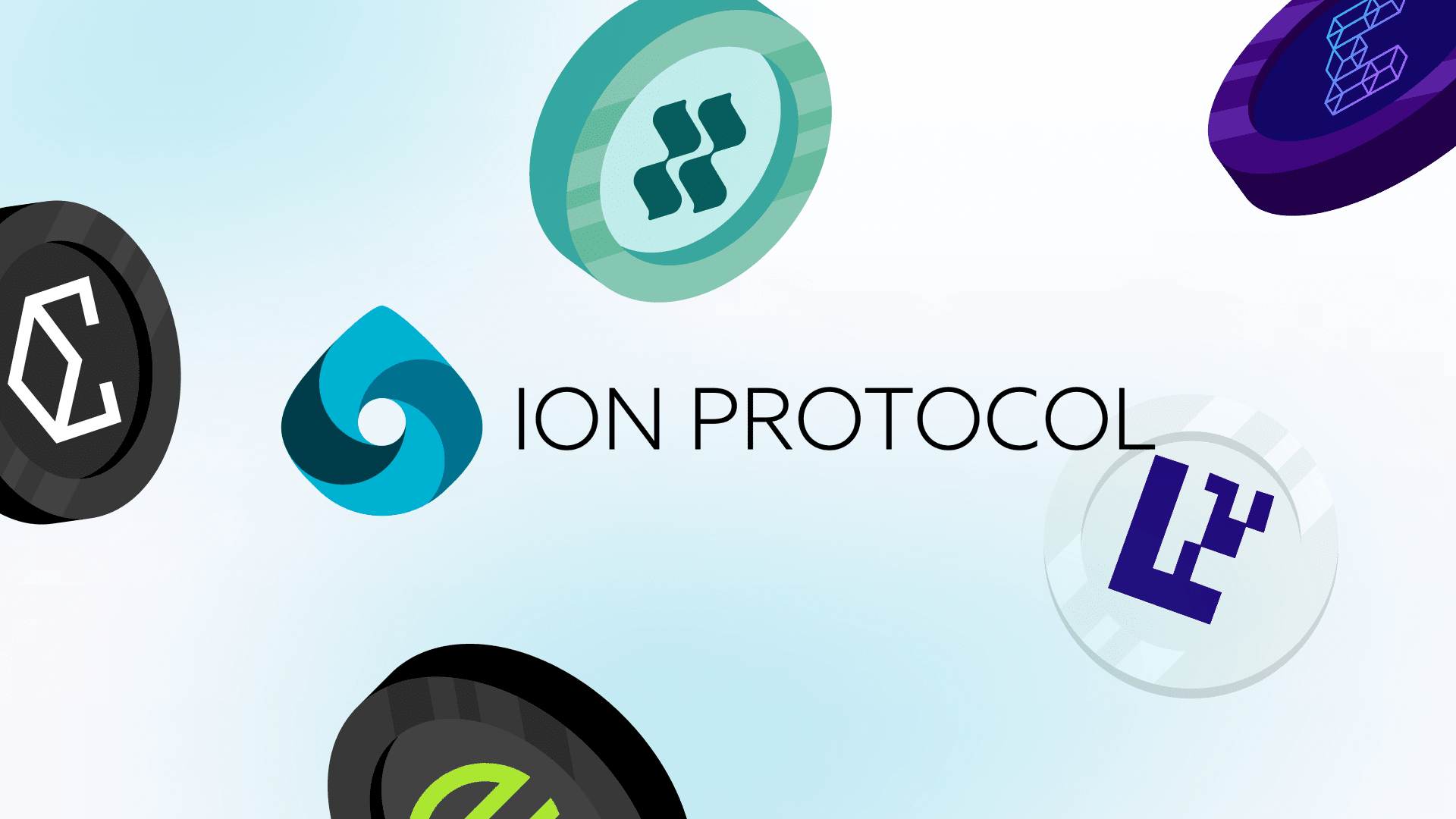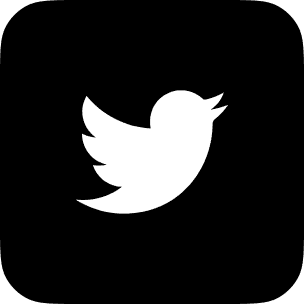AMA:
Stader Labs Enters their 7th Market

In this AMA series we’ve shared the stage with our partners as we race towards mainnet. In this one Antonio, head of community at Stader, dropped more alpha for ETHx and Stader Labs than any other partner we have hosted.
Lets dive in
We can consider Stader Labs an incumbent provider. ETH is the 7th market they’ve supported, taking their time developing ETHx to ensure that it lived up to the expectations of their previous deployments. They apply many features native to the protocol to significantly reduce risk and increase access for users.
Balancing Exceptions, Supply, and Demand
Stader knows what they’re doing when it comes to balancing expectations, supply, and demand. 94% of liquid stakers deposit with permissionless node operators. Only a 4 ETH bond is required to become a permissionless node operator. This makes it extremely affordable for smaller stakers to spin up nodes and increase their participation, further decentralizing the validator set. They also plan on supporting DVT in the future, which could even lower the bond.
When there isn’t enough supply of permissionless validators needing the additional 28 ETH, stakers can use the permissioned node operators vetted by the Stader community. This enables a dynamic relationship between permissionless and permissioned node operators to service the demand of depositors.
2 Pain Points for Node Operators
Through surveys of active node operators who run validators under competitors, Stader Labs discovered that there are 2 main pain points. These are the 32 ETH bond and the exposure to governance tokens required for providers who support a bond less than 32 ETH.
With Stader, node operators are only required to deposit .4 ETH worth of $SD, the native governance token. This is much less than other providers like Lido and RocketPool. In addition to this, they are delivering a native lending market that enables holders to lend their $SD to node operators who don’t want exposure to it. In doing so, Stader further reduces exposure to the risks associated with locking a governance token. Such risks include price decline and dilution of holdings.
Socializing Rewards
Node operators can opt their validators into a pool that socializes and distributes MEV rewards proportionally. They also get the option to opt in to individually receive MEV rewards, entering the lottery for a chance of a rare payday.
Going solo on collecting MEV is not rational. They’ll be missing out on regular rewards! However, their rare payday could be a large sum which compensates them for missing out on the regular rewards.
Opting in to receive rewards individually also creates trust assumptions for the node operator. It provides the opportunity to self-slash for profit. i.e. When the bond is 4 ETH and the potential MEV reward is 10 ETH.
Security
Stader Labs prioritizes the security of validator balances. They are developing a method of enabling permissionless withdrawals so they can monitor validator and node operator performance forcing those that display increased risk to exit if users desire them to. This is highly discussed as a potential implementation at the chain layer for Ethereum, so providing this benefit natively is a huge differentiator for Stader.
Restaking
Let’s also not forget the recent announcement of $rsETH, Stader Labs’ native restaking token. It will provide depositors with exposure to a predetermined selection of middleware services, also known as actively validated services (AVS). They’ll be selected through active research and StaderDAO’s governance to provide restakers a risk-adjusted return on their restaked assets.
Some interesting personal questions answered by the speakers!
What got you into crypto?
“The opportunity to do a 180 from aeronautical engineering. Once I decided it was possible, I became passionate to impact the space in a big way through education and spreading awareness. Especially around DeFi.” – @GoneMultichain
“Thinking about permissionless lending and permissionless lending architecture since 2017. I was inspired by the accessibility of innovative financial products becoming available to the public.” – @ChundaMcCain
Hot takes!
“Economic restaking is just an extension of the provider dynamic found in liquid staking. It isn’t an extension of Ethereum’s security in the traditional sense. People conflate native validator restaking with providing an asset that can reasonably be slashed” – @ChundaMcCain
“Lido will continue to consume the liquid staking market, until it becomes too big to fail. ETH staking will most likely reflect an oligopoly. So, regulators will most likely come for liquid staking. and go after the Lido. I’m intrigued by the potential results” – @GoneMultichain
Some news from Ion
Much like Stader, we are working at a breakneck pace. Things to look out for from us include:
- More AMAs with partners
- Official partnership announcements
- Finalizing audits
- Launch landing page
- Launching testnet V2
And some other stuff we have cooking too!
Huge shoutout to Antonio and Stader for sharing so much! Our integration with Stader Labs will provide access to greater liquidity and leverage for stakers and restakers.
The more Stader and other LST providers natively assure against slashing risk, the more capital-efficient their markets become on Ion.




